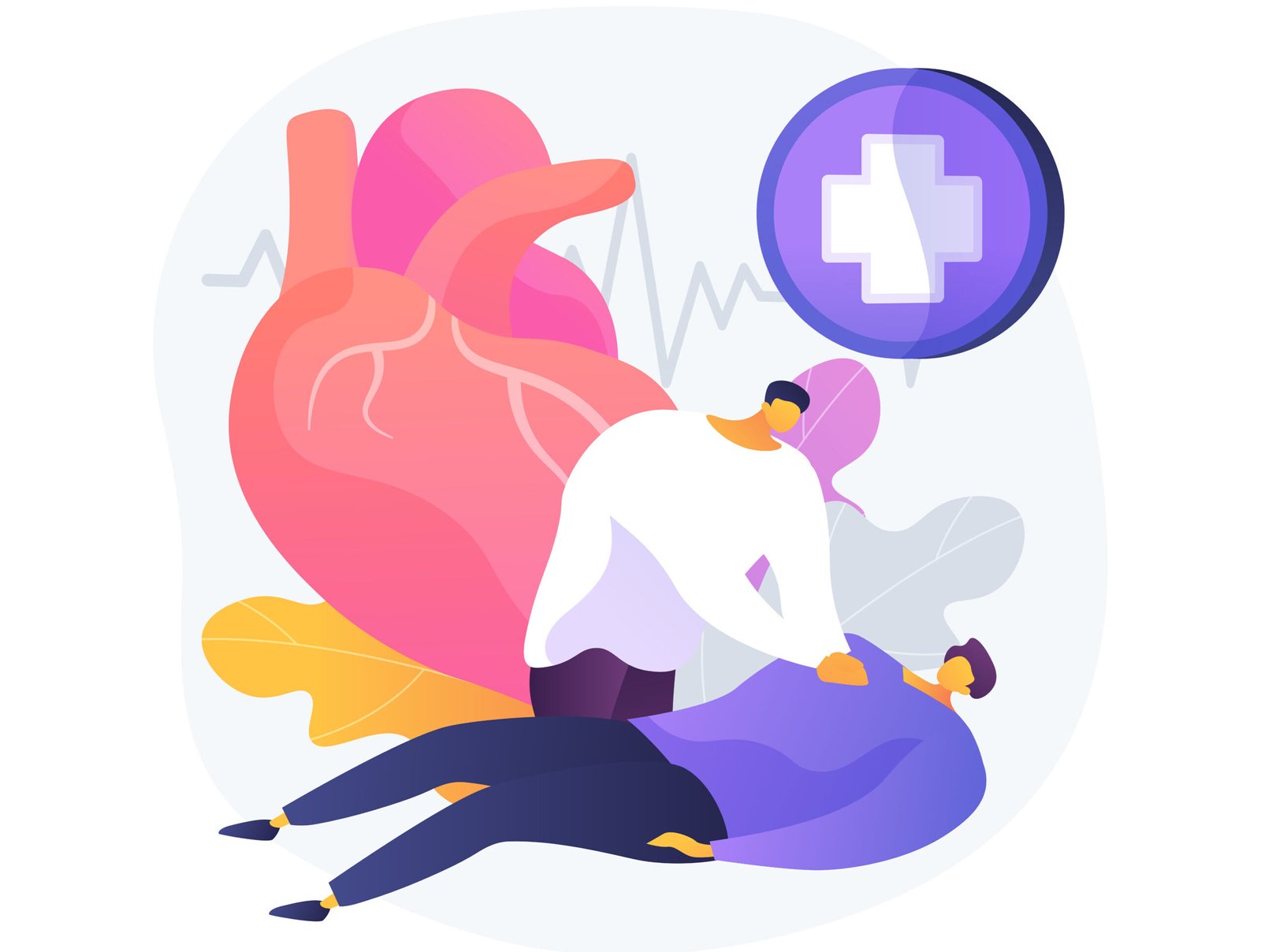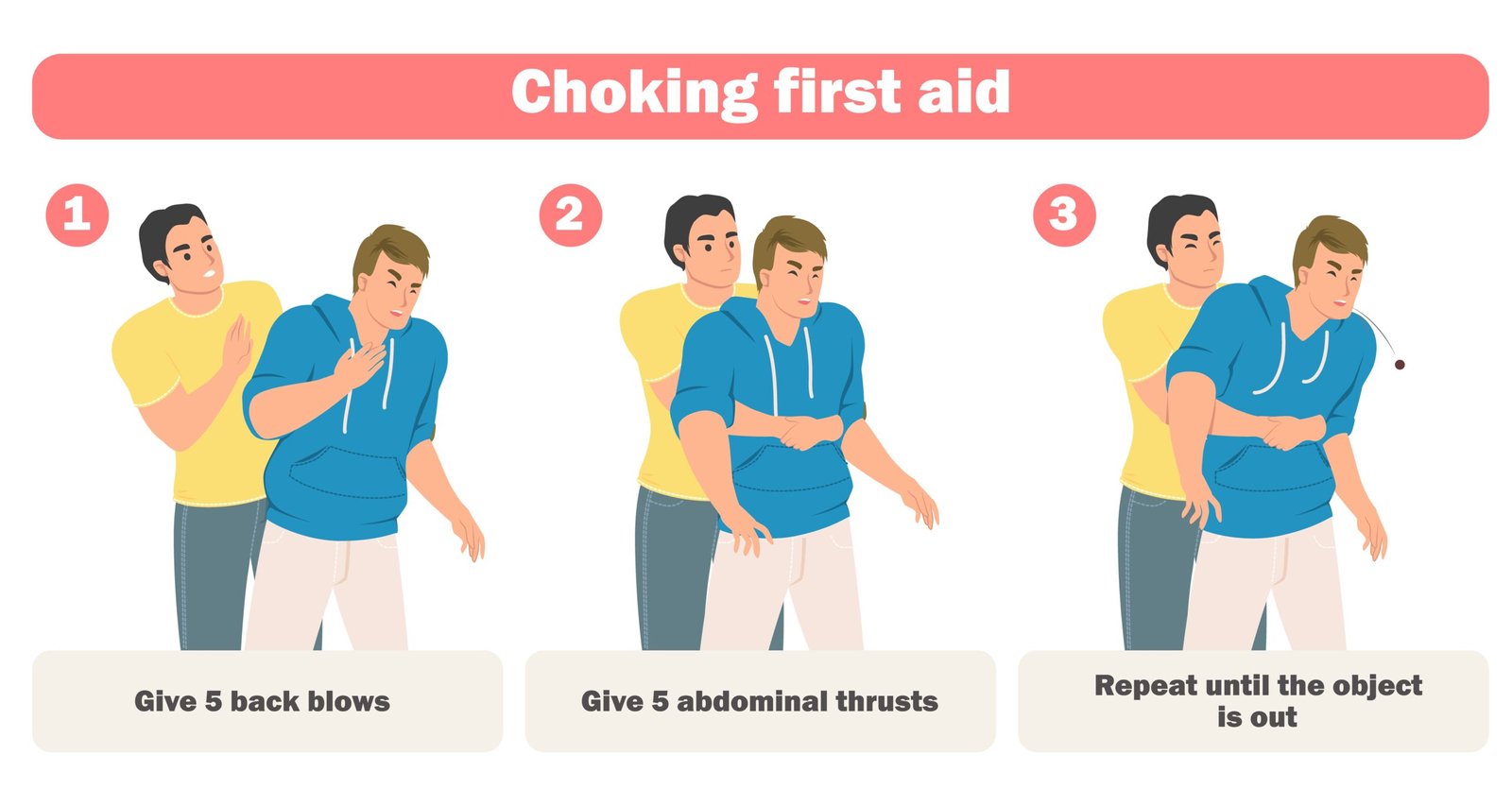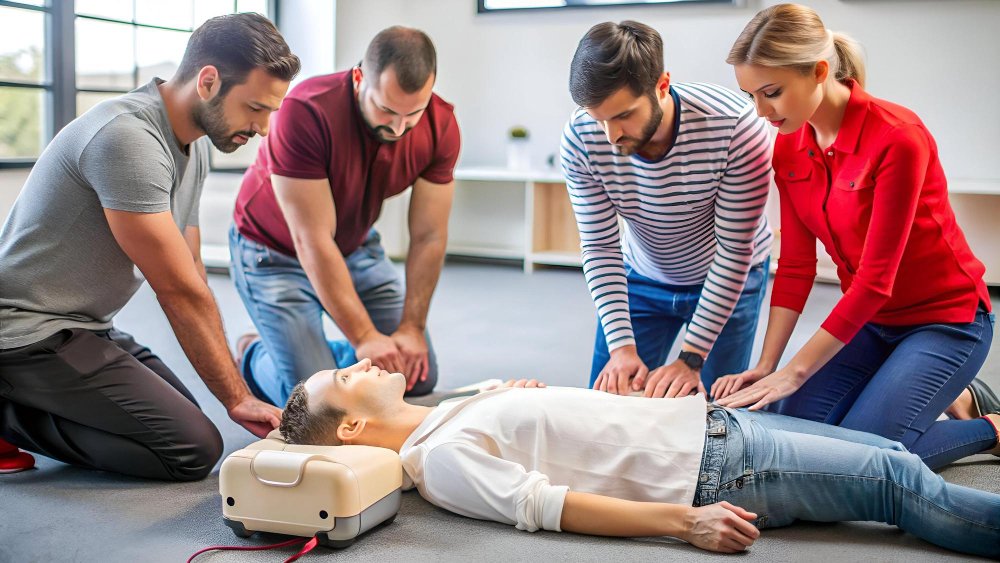Essential First Aid Skills Every Employee Should Know
It is recognized that illness and injury can often occur in the workplace. Most working-age adults spend around eight hours per week at work, so some accidents or injuries will inevitably happen here. Employers must take all reasonable steps to ensure that the workplace is free from hazards and that working practices are designed to promote their staff’s ongoing safety and security.
However, accidents can and do happen even in a highly well-run company. In addition, staff can become ill without being involved in any specific accident or situation. In some cases, this illness can be severe, even life-threatening, and emergency assistance will be required. It is of paramount importance that employees are trained in first aid. In this article, some vital first-aid techniques will be explored, along with a justification for why essential first-aid skills are needed in every workplace.
The importance of first aid training
A skilled first aider can effectively manage many accidents and ill health in the workplace. Swift action can help to reassure the affected employee and may even help to minimize any long-term effects of the incident. Staff play a vital role in this respect. They should be familiar with the location of suitable first aid supplies on the premises so that they can respond quickly in the event of an accident, ill health, or even an emergency. Designated first aiders may even be in charge of sourcing and resupplying the company first aid kits, needing to liaise with firms such as seton.co.uk, which are critical suppliers in this field.
In any emergency, time is a critical factor. First aiders should be trained to respond quickly, stay calm, and deliver suitable interventions based on the needs of the affected staff member. In short, a first aider’s quick thinking and actions can significantly impact the outcome of an adverse event or illness in the workplace. In the case of serious accidents or life-threatening diseases, their actions may even make the difference between life and death. Staff should be encouraged to sign up for advanced first aid training, with mandatory training providing all employees with a “base level” of first aid knowledge.
Essential First Aid Skills Every Employee Must Know
CPR

In severe accidents or episodes of ill health, the affected staff member may lose consciousness, and their heart may stop beating. This can occur after a severe traumatic event (such as a fall from a height in the workplace) or as a result of a myocardial infarction (commonly known as a heart attack). In such circumstances, it is vital to have a trained first aider undertake cardiopulmonary resuscitation (CPR). This is where the first aider applies chest compressions (using both hands on an adult but only one for a tiny infant). For treating an adult, the first aider will clasp their hands together and apply compressions on the centre of the chest, just below the nipples, at a depth of at least 2 inches and a rate of 100 compressions per minute. For every 30 chest compressions that are applied, two breaths should be given to the patient via mouth-to-mouth and with the patient’s nostrils pinched if any evidence of obstructions to the patient’s airway; this should be done by sweeping a finger into the mouth to clear the debris if possible.
Effective CPR has the potential to restart the patient’s heart and can potentiate the patient’s life. The compressions help the body to continue pumping blood around the body (as the heart has stopped doing this), and the mouth-to-mouth resuscitation ensures that the body and brain continue to receive oxygen (which can help reduce the risk of tissue damage due to hypoxia). In short, CPR is a potentially life-saving medical technique that all staff should learn.
Dealing with a person who is choking

It is a frightening fact that, according to the National Safety Council, 5553 people died from choking in 2022. Commonly, choking occurs when food is not appropriately swallowed and lodged in the person’s windpipe, restricting or completely stopping them from breathing. If timely interventions do not take place, the person may fall unconscious and into cardiac arrest, which can lead to death.
Thankfully, first-aiders can be trained to deal with choking incidents. One of the most effective ways to deal with choking due to food being lodged in the windpipe is to undertake the Heimlich manoeuvre. This is a relatively simple technique that any person can learn. The first aider will stand behind the choking person and put their arms around them, making a fist just below their ribcage but above the navel. They will then make a series of five quick thrusts with their fists, moving into the abdomen and in an upward motion. This should dislodge the obstruction in their windpipe, but the five thrusts should be repeated if unsuccessful. In short, the Heimlich manoeuvre is a highly effective and relatively simple technique that can quickly help a choking person to breathe normally again.
Assessing stroke

Whilst older people typically experience strokes, any person can be at risk of having one. A stroke is where a blood vessel in the brain becomes blocked or haemorrhages. It is a life-threatening emergency where swift action is required to minimize the risk of death or long-term complications from the stroke. Whilst most first aiders will not be trained to treat a stroke (typically, the patient will go to a stroke unit or emergency department at the receiving hospital), they should be taught to recognize one. To identify a stroke, a FAST test is undertaken. In this acronym, the letters stand for face, arms, speech, and time.
A stroke patient may exhibit facial weakness and drooping to one side of the face. This is a clear indication that the person may have had a stroke. They may lose strength in one of their arms and cannot lift it. In addition, they may not be able to speak correctly, with slurred speech or the inability to express themselves effectively being a clear indication of possible stroke. Finally, the time element of the FAST test emphasizes that time is of the essence and emergency assistance (from a paramedic or doctor) should be sought at the earliest opportunity. In short, learning to recognize stroke symptoms and undertake a FAST test can be easy for staff to learn and help stroke patients receive timely and potentially life-saving care.

















